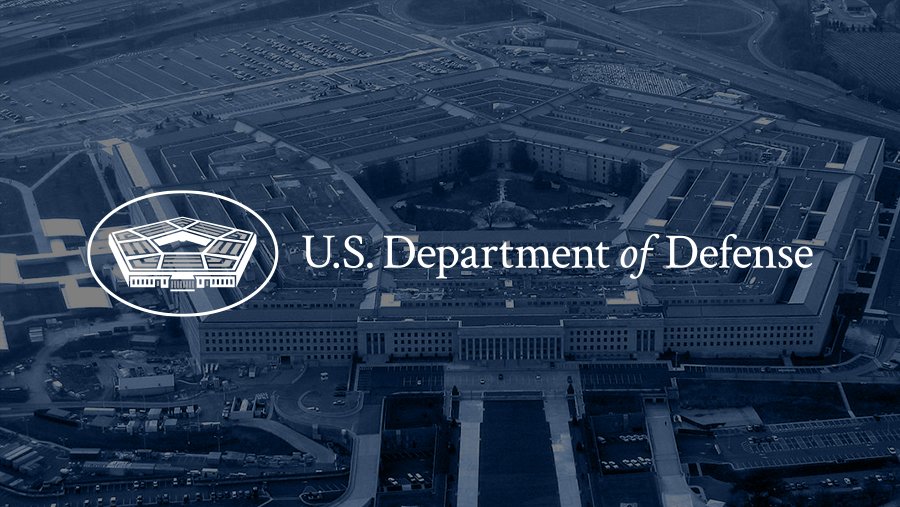Pentagon’s Strategic Shift in Defense Operations
The recent announcement by Pentagon spokesman Sean Parnell regarding the consolidation of certain defense offices and operations signifies a strategic shift aimed at enhancing operational efficiency and adaptability within the U.S. Department of Defense (DoD). This initiative reflects a broader trend towards modernization and optimization in military administration, aligning with ongoing global security challenges and budgetary constraints.
The restructuring plan encompasses the merging of various offices, which is expected to facilitate a more streamlined decision-making process and foster interdepartmental collaboration. By consolidating offices, the DoD aims to:
- Reduce redundancy
- Minimize bureaucratic delays
- Enhance integration of various military branches
This approach is particularly critical as the U.S. military grapples with multifaceted threats, including cyber warfare, regional conflicts, and the geopolitical assertiveness of state actors such as China and Russia.
NATO and European Defense Collaboration
In the context of NATO and European defense collaboration, the consolidation may also suggest a shift towards more cohesive transatlantic defense strategies. As NATO allies increasingly share intelligence and resources, the U.S. must ensure its internal structures support joint initiatives effectively. The ongoing war in Ukraine has underscored the importance of collaborative defense efforts among Western nations and how U.S. military readiness must adapt to support these alliances comprehensively.
U.S. National Defense Strategy
Moreover, this restructuring aligns with the U.S. National Defense Strategy, which emphasizes the need for innovative approaches to deter aggression while ensuring that the military remains agile. The integration of offices could potentially lead to better resource allocation, improved readiness of forces, and a focus on emerging technologies and warfare domains, including:
- Artificial Intelligence
- Unmanned Systems
As these changes unfold, it will be important for U.S. allies, including Italy, to monitor their implications closely. Enhanced operational collaboration and improved integration of U.S. forces could lead to synergies in joint exercises, interoperability in defense operations, and a more robust collective security posture in response to emerging threats on the European front.



